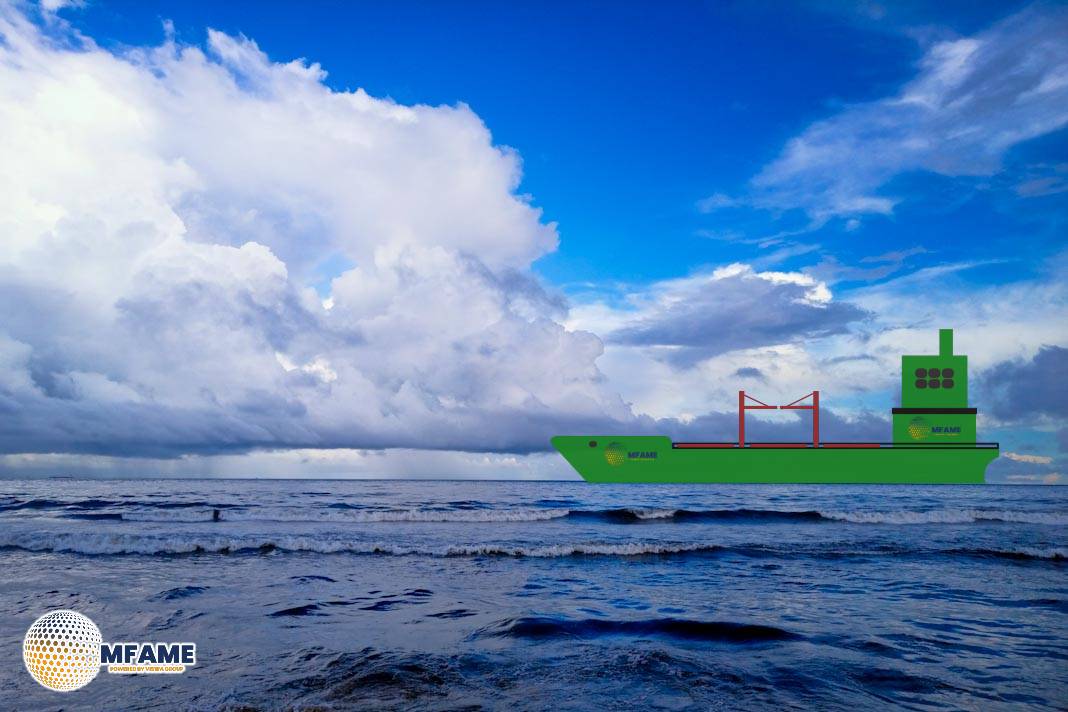- Authorities worldwide are tightening maritime sanctions enforcement amid geopolitical tensions.
- Use of tactics like AIS spoofing and ship-to-ship transfers is growing across sanctioned trade routes.
- The industry is turning to real-time tracking, AI, and enhanced due diligence to stay ahead.
As of July 2025, the maritime industry continues to face mounting pressure from rapidly evolving global sanctions. Geopolitical instability, particularly surrounding energy exports and sanctioned states, has triggered stricter enforcement and a renewed focus on transparency in international shipping.
Sanctions Landscape: A Complex Web
Regulatory bodies have expanded sanctions lists, targeting vessels, cargo types, and even entire logistical chains. These measures are largely aimed at curbing the illicit flow of sanctioned commodities, including oil, coal, and grain, often linked to conflict zones or embargoed regions.
For maritime stakeholders — from shipowners to insurers — the challenge lies not only in keeping up with new regulations but in identifying and avoiding indirect exposure to sanctioned operations.
Rise of the Shadow Fleet
To evade detection, a growing number of vessels are engaging in deceptive shipping practices, including:
- Disabling or manipulating AIS signals (Automatic Identification System) to hide their movements
- Conducting ship-to-ship transfers in international waters to obscure cargo origin or destination
- Changing vessel ownership or flags frequently to evade scrutiny
These so-called “shadow fleet” tactics pose significant risks, not only to regulatory compliance but also to maritime safety and the environment.
The Role of Technology in Compliance
In response, compliance teams are turning to advanced tools such as AI-driven monitoring systems, ownership screening platforms, and behavior-based vessel analytics. These technologies help detect high-risk activity patterns, flag unusual movements, and support faster decision-making.
Collaborative efforts between maritime tech providers, regulators, and financial institutions are becoming essential to track and verify vessel behavior, ultimately reducing exposure to sanctions violations.
Proactive Risk Management
As enforcement mechanisms become more sophisticated, so too must the industry’s approach to compliance. Proactive monitoring, real-time intelligence sharing, and strong internal controls are now baseline expectations for maritime operators and service providers.
With geopolitical uncertainty likely to persist, the ability to navigate sanctions risk is no longer a legal formality — it’s a strategic imperative.
Did you subscribe to our daily Newsletter?
It’s Free Click here to Subscribe!
Source: Marine Traffic
























